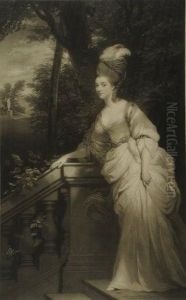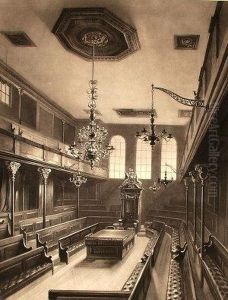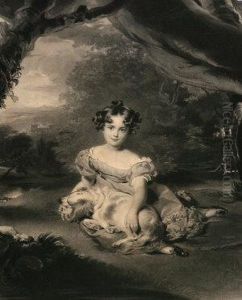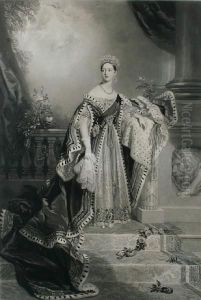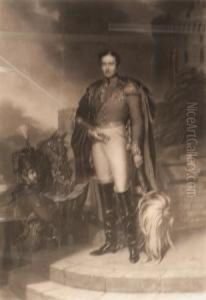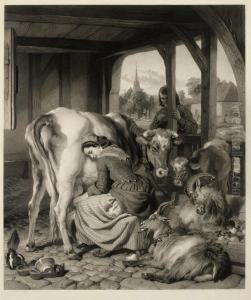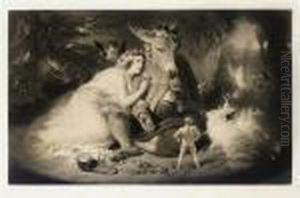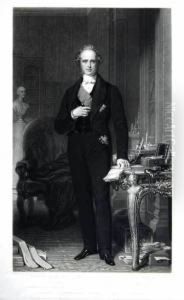Samuel Cousins Paintings
Samuel Cousins was a prominent English mezzotint engraver during the 19th century, born on May 9, 1801, in Exeter, Devon. Cousins is often remembered for his significant contributions to the art of engraving and for his role in popularizing mezzotint as a medium. His work was characterized by its high level of detail and its ability to capture the subtle gradations of light and shadow, which made his prints highly prized by collectors.
In 1814, Cousins was apprenticed to the engraver S. W. Reynolds, who was a leading figure in the field of mezzotint engraving at the time. Under Reynolds, Cousins learned the intricacies of the mezzotint process, which involves creating a print from a copper or steel plate that has been systematically roughened to produce areas of dark tone.
Cousins' talent quickly became apparent, and by the 1820s, he had begun to establish his reputation. He produced mezzotints after the works of renowned British painters such as Sir Thomas Lawrence and Sir Joshua Reynolds, which helped to enhance his profile and attract more commissions.
His work was marked by a dedication to quality and an attention to detail that set him apart from his contemporaries. In 1855, Cousins was elected as a Royal Academician, an honor that recognized his contributions to the arts and his standing within the artistic community.
Throughout his career, Cousins continued to refine his technique and produced a large body of work that included portraits, landscapes, and historical subjects. His engravings were sought after not only in England but also internationally, and his prints were widely distributed.
Cousins passed away on May 7, 1887, leaving behind a legacy as one of the finest engravers of his time. His works continue to be admired for their technical excellence and artistic beauty, and they hold an important place in the history of printmaking.



